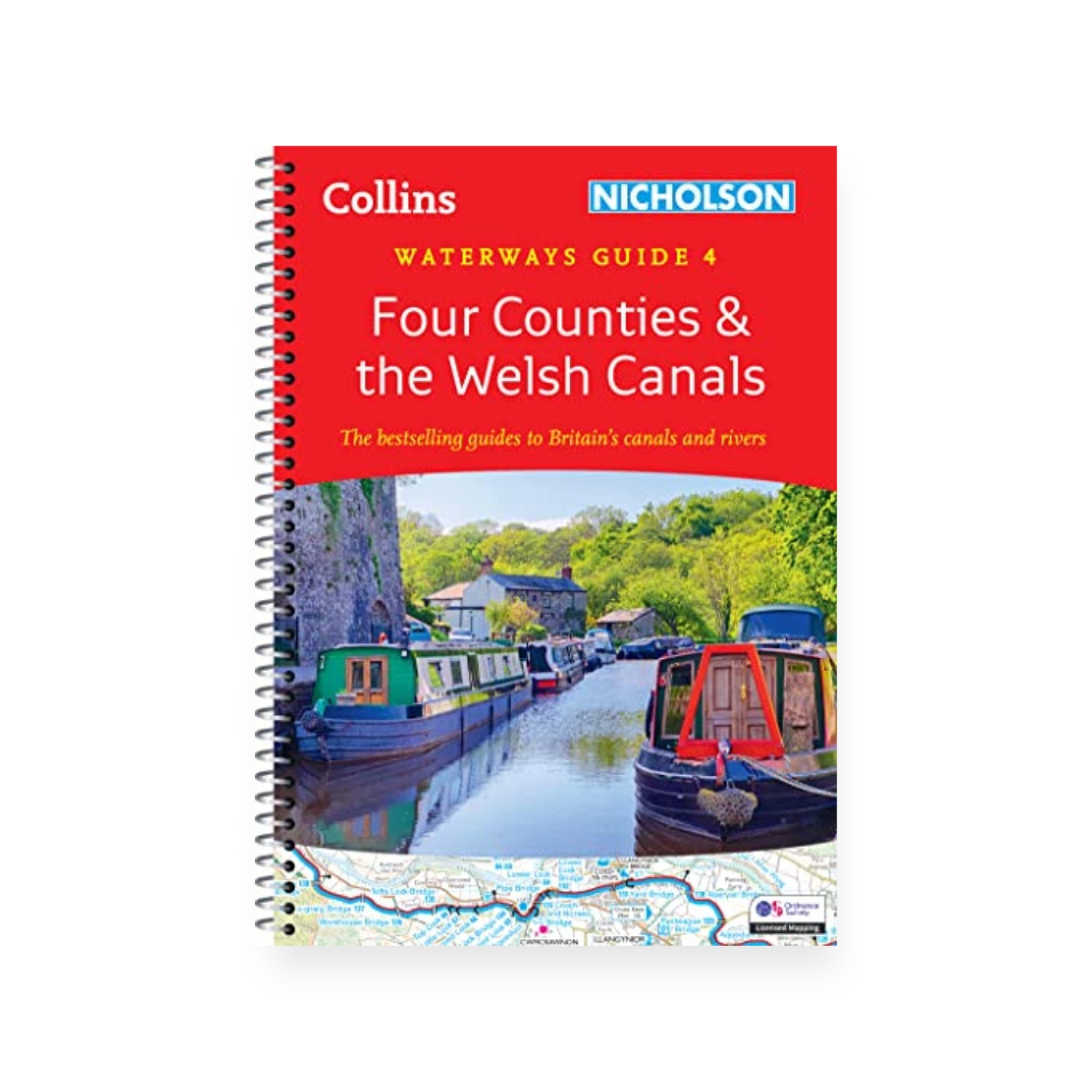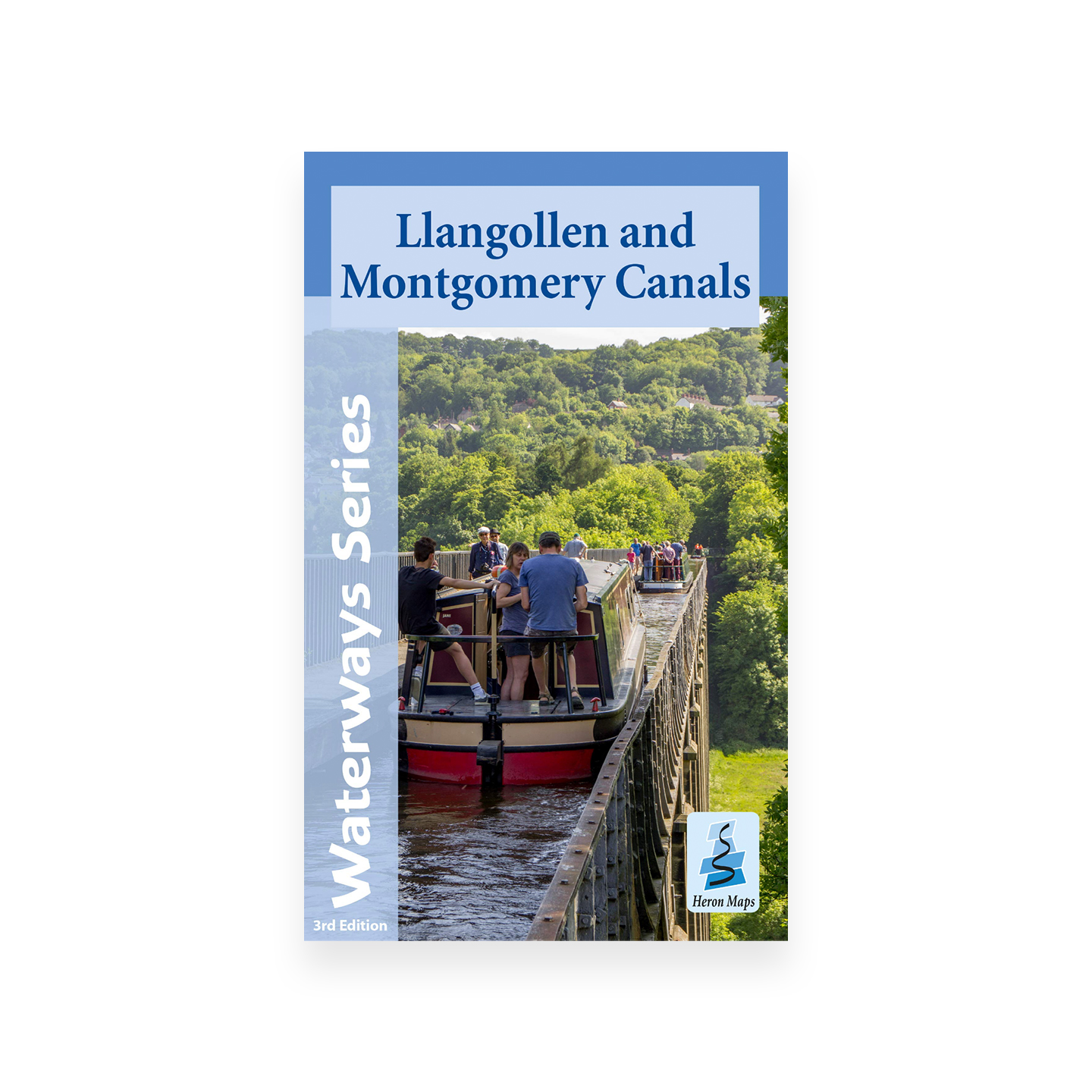About the Whitchurch Arm
The Whitchurch Arm was built by the Ellesmere Canal Company and opened in stages between 1808 and 1811. Its use had ceased in the 1930s, and it was formally abandoned, along with the Llangollen Canal, in 1944. When the latter was reopened in the 1950s, the Whitchurch Arm was not, as it had been filled in by 1950. In 1983, Whitchurch Town Council funded a feasibility study to see if restoration was possible and Whitchurch Arm Trust was set up in 1986.
The Trust secured grants to fund the restoration of the first section of the Arm from its junction with the Llangollen Canal to the bridge at Chemistry, and this was completed in October 1993. The Trust now owns and maintain this section, including Chemistry Bridge and derives income from long-term moorings on the Arm.
The Trust plans to extend the canal under Chemistry Bridge and create a new basin with moorings, which would enable boats to moor closer to the town. Planning permission has been obtained and the work costed at about £650k, although this figure will have risen with materials and construction costs. The route is safeguarded through a country park called Whitchurch Waterway Country Park, through which flows Staggs Brook, which could be opened out to form the extension to the Arm towards a new basin in the town. The extended arm needs to be along a new line, as this end of the Arm has been built over since the original canal was abandoned. Funding has yet to be raised, so there are no immediate plans for works to start.
[The photo shows the Whitchurch Arm on a freezing winter day – by Robert Silverwood]



